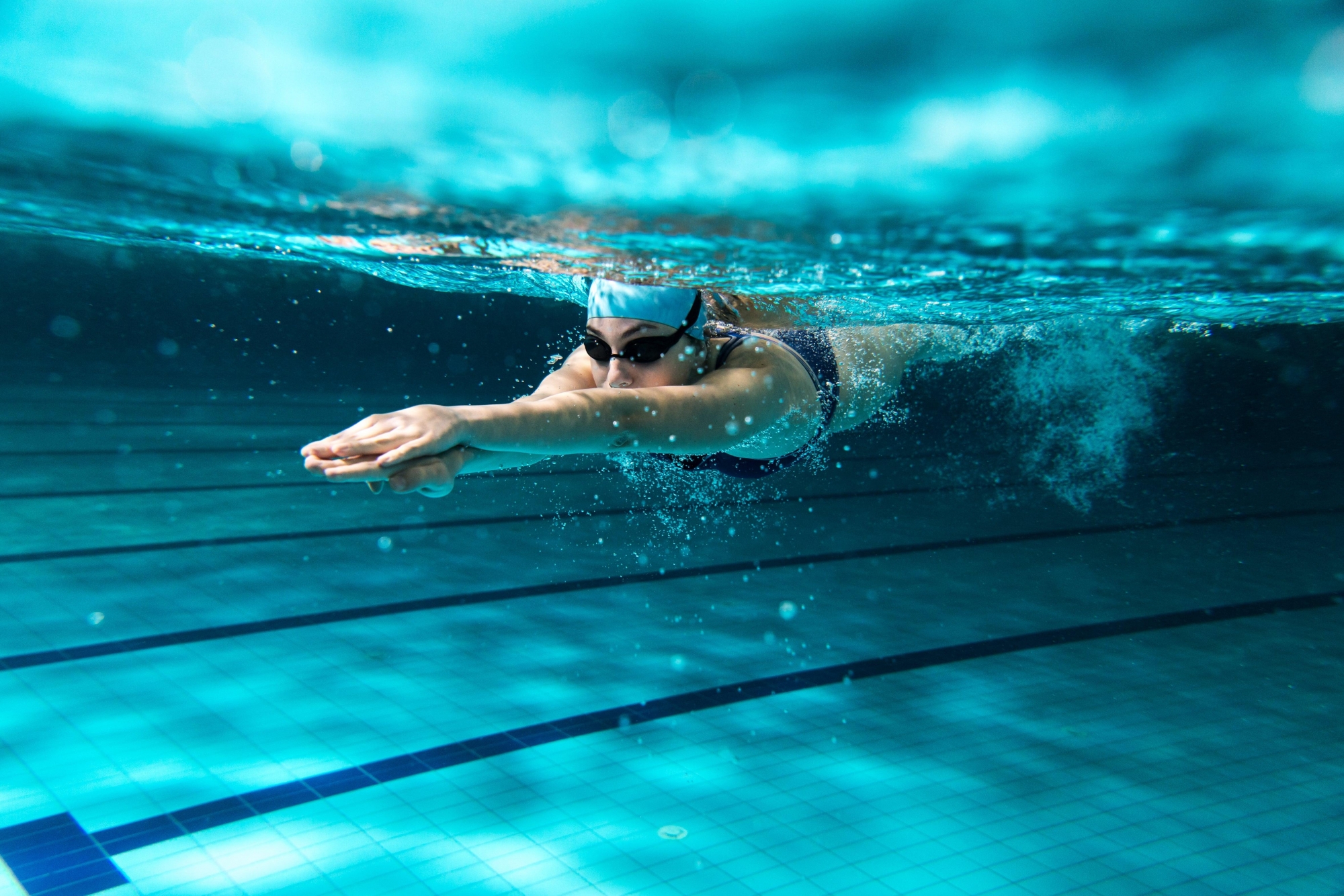
Schedule an Appointment
New and current patients can schedule appointments online. For other inquiries, please call us at 713-629-9200
Stretching is defined as the process of placing particular parts of the body into a position that will lengthen the muscles and associated soft tissue. The tissue adapting to the stretching process includes ligaments, tendons, fascia, skin, and connective tissue.
Why Do We Stretch
Improve range of movement. By increasing the length of the muscle.
Increase power. By increasing muscle length we are able to increase the distance over which our muscles are able to contract, thus leading to increase in muscle power.
Reduce post exercise muscle soreness. This soreness is the result of micro tears, blood pooling, and an inefficiency of removing accumulated waste product. Stretching as a cool-down effectively alleviates soreness by lengthening the individual muscle fibers, increasing blood circulation, and removing waste products.
Reduce fatigue. Increased flexibility through stretching can help prevent the effects of fatigue by taking pressure off the working muscles.
What Type of Stretching
We, at Spine & Sports Therapy, recommend a type of stretching called PNF or Proprioceptive Neuromuscular Facilitation. PNF was originally developed as a form of rehabilitation and has been beneficial for patients.
PNF involves both stretching and contracting the muscle group being targeted. It is effective in targeting specific muscle groups, as well as increasing flexibility, range of motion, and improving muscular strength.
Rules for Stretching
Warm up prior to activity. This increases the body’s core temperature thus increasing the body’s muscle temperature. This warm up should be about ten minutes and result in a light sweat.
Stretch after exercise. Stretching after exercise is to aid in the repair and recovery of the muscles and tendons as well as reduce muscle soreness.
Stretch all major muscles and their opposing muscle groups. All muscles play a vital role in any physical activity. Just because we are going for a run does not mean we should only stretch lower body muscle groups. Every muscle has an opposing muscle group, for example, the quadriceps are opposed by the hamstrings. Opposing muscle groups provide resistance to each other in order to balance the body. Stretching one and not the other can provide imbalances that can result in injury and postural problems.
Stretch slowly and gently. Stretching should be an enjoyable experience. Quick jerky motions can cause strains and muscle tears.
Stretch only to the point of tension. Most people feel they need to stretch to a point of pain or grimace as they hold a stretch for an extended period of time. When the muscles stretch to a point of pain, the body employs a defense mechanism called the stretch reflex. This reflex protects the muscles and tendons by contracting them therefore doing the opposite of what you are trying to accomplish.
Breath slowly and easily while stretching. Most people have the tendency to hold their breath while stretching. Providing the body a slow easy breath will relax the muscles, promote blood flow, and increase delivery of oxygen and nutrients to our muscles.